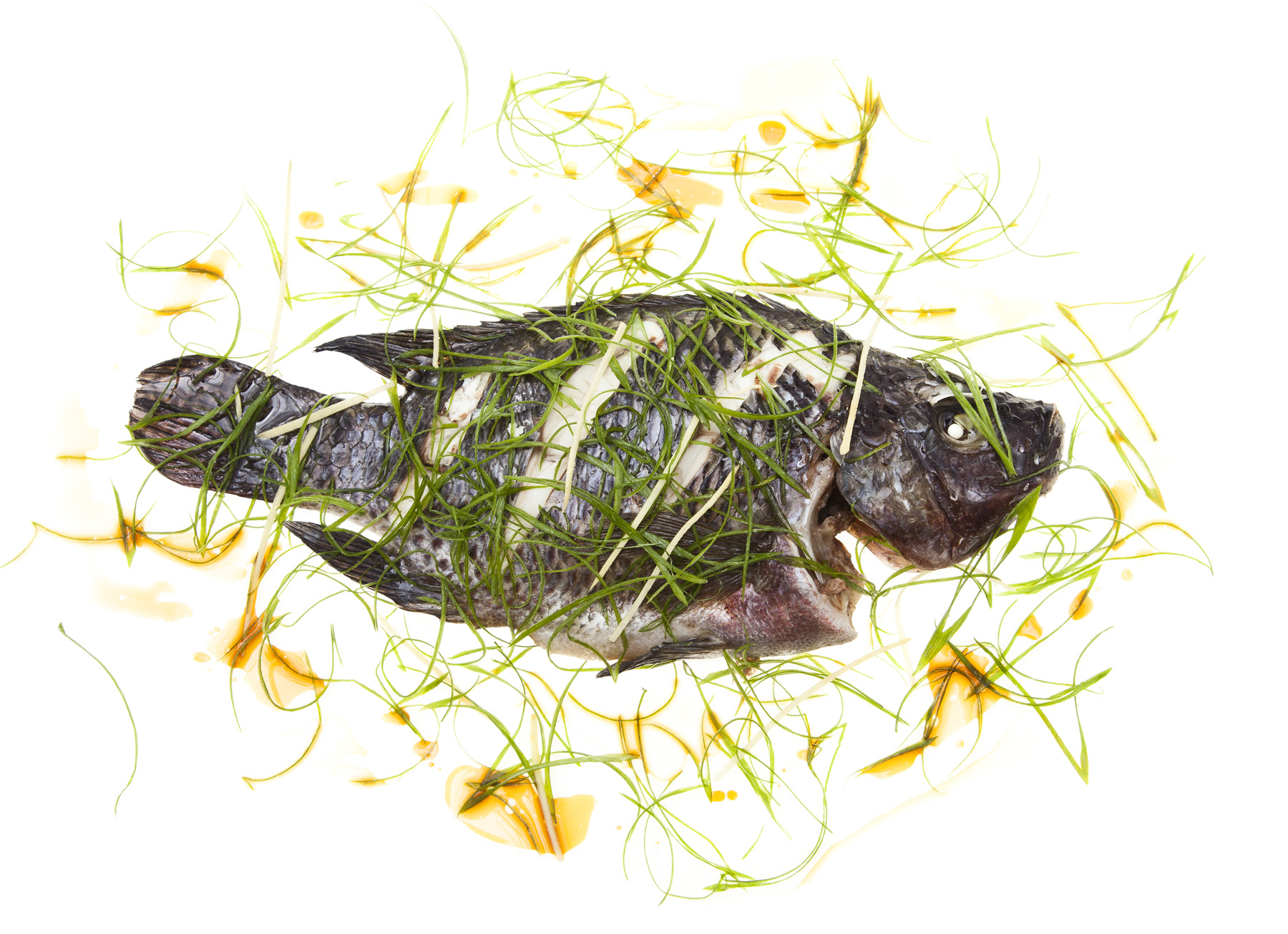Medical Breakthrough: Reviving the Dead!
Thursday, August 22, 2013 by: Jonathan Benson

It is generally the case that once a person dies, there is only about a three-to-five minute window of potential resuscitation time before he or she becomes irreversibly dead, depending on the cause of death. But an American clinical care physician claims to have come up with a new way to revive corpses several hours after being dead, a process that with future advancements could eventually make it possible to revive the deceased up to 24 hours after death, he says.
Cardiac patients at Stony Brook University Hospital in New York are already a living testament to the success of Dr. Sam Parnia's unusual revival claims. According to the latest available statistics, nearly twice as many patients are resuscitated there every year compared to other U.S. hospitals -- the average resuscitation rate at Stony Brook is an astounding 33 percent, which contrasts sharply with the 18 percent average elsewhere.
So how does it all work? Utilizing the latest available medical technologies, Dr. Parnia carefully cools down the bodies of qualifying "dead" patients and pumps up their tissues with oxygen. This process, he says, prevents them from truly "dying," as it basically just puts their lives on hold and gives physicians time to intercede and work their magic. The process is so effective, claims Dr. Parnia, that it could have revived the life of James Gandolfini, the former star of the popular television series, The Sopranos, who is believed to have died from a heart attack.
"I believe if he died here, he could still be alive," said Dr. Parnia recently to Germany's Der Spiegel magazine. "We'd cool him down, pump oxygen to the tissues ... clinically dead, he could then be cared for by the cardiologist. He would make an angiogram, find the clot, take it out, put in a stent and we would restart the heart."
Every victim of Titanic disaster could have been saved using modern techniques, says Dr. Parnia
These may sound like wild claims, but Dr. Parnia is confident in the power of this breakthrough technology. He is so confident, in fact, that he even wrote a book called Erasing Death, which deals in depth with the subject of so-called modern resuscitation science and how it has the potential to literally change the course of history. If the 1,514 people who died after the Titanic sunk back in 1912 had died today, for instance, all of them could have been brought back to life using modern resuscitation techniques, claims Dr. Parnia, and the catastrophe could have been completely avoided.
"Death can no longer be considered an absolute moment but rather a process that can be reversed even many hours after it has taken place," wrote Dr. Parnia in a recent piece for The Huffington Post. "[I]t is only after a person actually dies that the cells in his body go through their own process of death, which can be manipulated through science."
Though it is not yet possible to bring a person back to life after he or she has been dead longer than about three hours, Dr. Parnia is convinced that advances in resuscitation technology over the next 20 years will make it possible for bodies that have been "dead" as long as 24 hours to be revived. As medical science continues to gain a better grasp on the process of death, it will only become increasingly possible to prevent it altogether.
"We may soon be rescuing people from death's clutches hours, or even longer, after they have actually died," says Dr. Parnia. "My basic message: The death we commonly perceive today in 2013 is a death that can be reversed."
Labels: medical advancement, medical breakthrough, resuscitation, revive
















